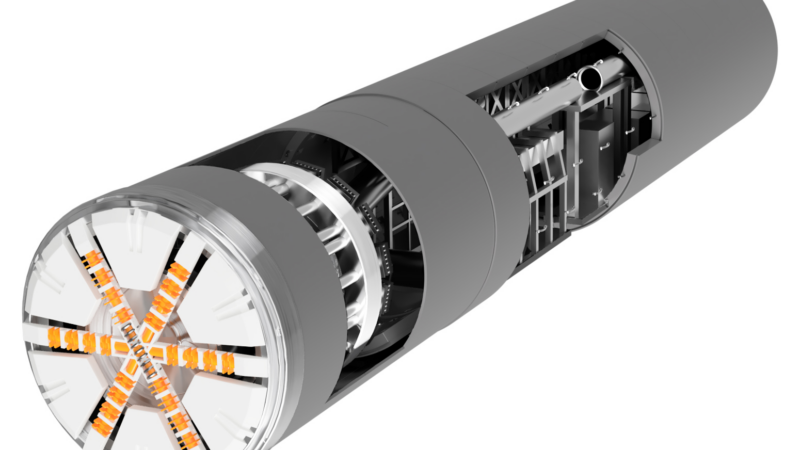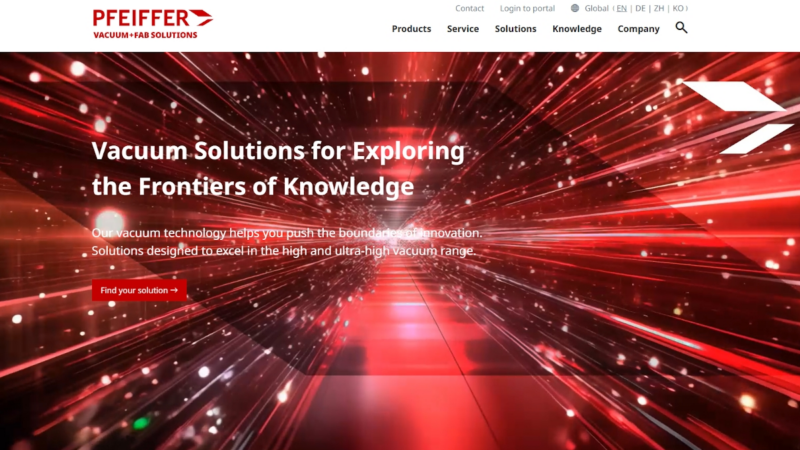From basic idea to implementation: University of Konstanz, Germany, invested 10 years of research and development work
One of the biggest challenges in the context of „renewable energies“ is the even more efficient use of the raw materials available to us. Particularly when it comes to generating electricity from sunlight, a lot of research is carried out on how to further increase conversion efficiency of solar cells. In the past decade, the efficiency of solar cells in industrial mass production has been continuously improved. About 15 years ago, solar cells were able to convert only approx. 15 percent of solar radiation into electricity. In the meantime, efficiency could be increased to approx. 20 percent.
This excellent efficiency is only reached on industrial scale with monocrystalline solar cells using silicon wafers grown by the Czochralski (Cz) technique. Under operating conditions, however, Cz-silicon solar cells suffer from so-called light-induced degradation (LID), due to which the efficiency of a Cz-silicon solar cell is considerably reduced after only a few hours of exposure to solar radiation. Depending on the material and production process, the loss in efficiency can be more than one percent absolute.
Researchers at the Photovoltaics Division of the University of Konstanz introduced a method to neutralize this type of degradation as early as in 2006. The process developed and optimized over the years by Axel Herguth, Svenja Wilking and Professor Giso Hahn can easily be integrated into the production process. The scientists made use of the fact that the degraded solar cells can be regenerated by exposing them to light energy at temperatures above 100 degrees Celsius. Alternatively, regeneration can also be achieved using voltage instead of light.
The regeneration process can be integrated at different stages into the production sequence, for solar cells, e.g., directly after the co-firing process or separately at the end of production. Another option is to apply the regeneration process to finished modules.
The economic potential of the regeneration effect is enormous: If the degradation-caused loss in efficiency of one percent absolute is nearly completely offset, this results in an additional power output of approx. five percent. With a 100 MWp line, this corresponds to more than one million euros per year. „This means the return on invest is secured after only a few months, which significantly increases economic attractiveness and the opportunities for use of this groundbreaking technology,“ explains Professor Hahn, Head of Photovoltaic Division at the University of Konstanz.
Patents for the process and the regeneration furnace have already been granted in the most important industrial nations and regions such as in the United States, in Europe and China. In the meantime, first installations based on the patented method have been integrated into production processes. However, it is also likely that a number of imitation products have appeared on the market. „Our key challenge for the coming years will be to enforce the patents held by the University of Konstanz,“ says Dr.-Ing. Hubert Siller, Innovation Manager at TLB, Karlsruhe.
In recent years, this well-known method has been further developed and modified by Axel Herguth and Svenja Wilking, who are engaged in research at the University of Konstanz. The enhanced process control allows the regeneration process to be carried out much faster during the co-firing step. According to the researchers, this is due to a larger amount of hydrogen released from the silicon nitride anti-reflective coating into the silicon during co-firing. The process can thus be sped up considerably, improving its efficiency and making it attractive for inline processes in industrial mass production, for example. Ideally, this process may follow or even be integrated into the co-firing step. Professor Hahn is optimistic about the future: „We are confident that the regeneration method discovered and developed by our team of researchers will become an integral part of a lot of new solar cell production lines because it helps to achieve the high level of stable efficiency that is required by the market. Moreover, current production lines can be retrofitted with minimal effort by using this unique regeneration technology.“
Technologie-Lizenz-Büro (TLB) GmbH supports the University of Konstanz in patenting and marketing its innovation. Acting on behalf of the University, TLB is in charge of the commercial implementation of this future-orientated technology at a global level. For more detailed information, please contact Dr.-Ing. Hubert Siller, email: siller@tlb.de
Die Technologie-Lizenz-Büro (TLB) GmbH ist eine Agentur für Erfindungs- und Patentmanagement in Deutschland. TLB begleitet Erfindungen von Hochschulen, Unternehmen und Erfindern auf ihrem Weg von der ersten Idee bis zum wirtschaftlichen Produkt.
Firmenkontakt
Technologie-Lizenz-Büro (TLB) GmbH
Annette Siller
Ettlinger Str. 25
76137 Karlsruhe
0721 79004-0
asiller@tlb.de
http://www.tlb.de
Pressekontakt
Technologie-Lizenz-Büro (TLB)
Annette Siller
Ettlinger Str. 25
76137 Karlsruhe
0721 79004-0
asiller@tlb.de
http://www.tlb.de






